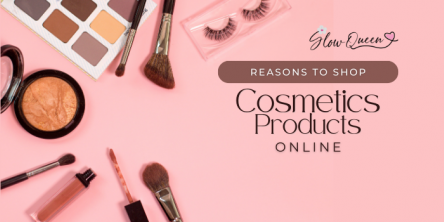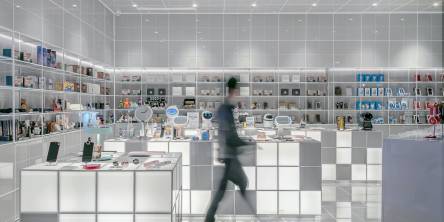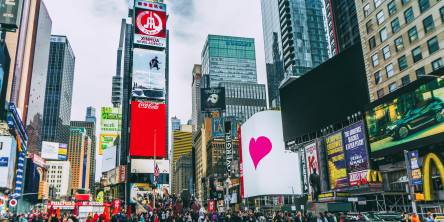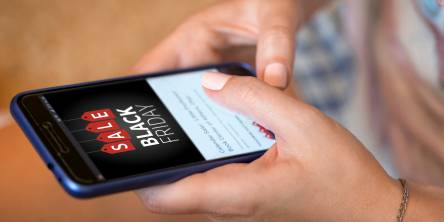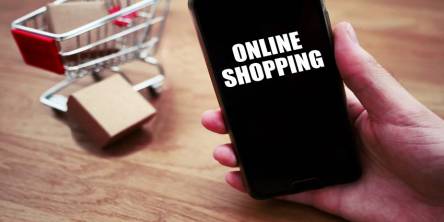The Top 7 Branding Trends to Look Out for in 2021

In a connected world and a rapidly changing business environment, perception is increasingly important. At a time when e-commerce has revolutionized the retail industry, the emphasis on the brand image has also grown. In this era of digital distractions, a catchy name and a nice logo are no longer enough to pique the interest of modern consumers.
2020 isn’t the first year in history where world events make brands re-evaluate their purpose and direction, in order to align with the new reality taking shape. Online shopping has evolved over time, more so during the last couple of years – and after the concept of live video shopping was introduced to the world, retail has witnessed the dawn of a new era. An era where customers’ perceptions – their mindsets and beliefs – have changed in order to adapt to the new way of doing things.
Today, modern customers expect substance and want your brand to uphold company values which will reflect more with the committed promises towards them. It takes effective brand strategies and years to build a strong identity that will represent your brand. A shift is emerging but the exact scale and level of impact is still challenging to gauge because we’re still in the middle of highly dynamic changes across multiple fronts.
Just like the brands themselves, branding trends need to reinvent themselves every so often to stay fresh. The branding trends that once looked modern and cutting-edge suddenly become stale and old-fashioned. Branding trends matter because they help a business understand more broadly how customers are thinking and feeling. This in turn potentially enables you to better meet their needs so you can influence their choices and increase your profits.
To stay relevant in the eyes of your audience in the new year, it’s best to incorporate the top branding trends that are emerging and are sure to be a smashing success in 2021.
Authenticity is the Name of the Game
Authenticity has been a trend in branding for a number of years. This has manifested itself in different ways, from the unfiltered tone of voice and a ‘no filter’ trend in communications generally, to being very transparent about ingredients. Finding ways to showcase their authenticity and even their imperfections can be a way to grow trust.
Use of Quirky Art
Especially if you’re targeting younger markets, you want your branding materials to display a distinguishing uniqueness—the quirky factor. Using one-of-a-kind imagery, particularly if cute, funny or whimsical, is a great path to memorability and recognition, two branding cornerstones. More often than not, brands use hand-drawn illustrations for this style, although by the definition of quirky, all art styles are in play. Don’t be afraid to experiment.
Have a Social Conscience
Some branding trends are rather temporal and become abandoned as fast as they appeared. However, social conscience is something that is of permanent significance. Today consumers want to believe that companies care about the same causes they do. They want companies to care about the environment and be more intentional about diversity, inclusion, and opportunity. Modern brands need to demonstrate that they care about people as much as profits to increase trust and loyalty.
Nostalgic Brand Marketing
Trends have been a focal point in the digital age. People have their eyes glued on their social media accounts for the latest technology, gadget, fashion design, and trends in various industries. However, this culture can be frustrating and tiring for a lot of consumers. This is why blasts from the past now play a more meaningful role in branding. Many people relish the past and wish to recapture the feeling of how things used to be. By using nostalgic brand marketing, you can invoke these old memories and attach positive feelings to your products and services.
Inclusivity
We’ve seen brands break away from airbrushed models and homogenous design in the last decade, asking not, ‘Is it sexy?’ but instead, ‘Is it real?’ This includes building ad campaigns that feature real humans who actually look human. Inclusive branding features a diverse cast of ‘normal’ people. Consumers of all ages, races, backgrounds and orientation should see people who look like them. Inclusive branding also highlights other forms of diversity, like people with different body types, disabilities, sexuality, etc. The goal of inclusive branding is not to draw attention to someone who looks “different,” but rather, to showcase the common threads of humanity in all of us.
A Responsive Brand Logo
When everything is changing at a fast pace, how do we expect the brand logo to stay static. With shrinking screen sizes and the emergence of various new platforms in branding and marketing emerge the need for flexible logos. Responsive logos are the one whose shape, size, complexity and colour differ to adapt to whatever medium is the place. In 2020 this became less of a fad and more like a practical requirement for such logos which ruled out the old ‘never change your logo’ concept.
Create an Immersive Experience
Your branding is not just your logo or website or packaging—it’s all of that and more. In 2021, people expect to receive not only a well-designed product, they expect you to take them on a journey. If you want to go the extra mile and really wow them, give them an experience. Due to the increasing number of online purchases, the unboxing experience is now more crucial than ever. Video shopping has opened up several doors for retailers and shoppers alike. Make it a unique experience by ensuring that even the smallest detail is on brand and captivates the customer as they open the box and unwrap their products.
The virtual shopping experience has certainly changed for customers and retailers have to pick up the pace where their brands are concerned. In a world taken over by online shopping and video shopping, brands have to think out of the box to establish a place among consumers. There’s a clear shift towards personalization and connection. Never before has the human side of branding been so relevant – the brand-customer relationship is less about transactions and more about friendship and emotion. Good branding in 2021 means leaning into that.
Similar Articles
Here are four essentials to buy skincare and makeup products online. Learn more about the pros & cons of online cosmetics shopping in Pakistan.
Shopping is fun but often ends up burning a hole in your pocket. This is particularly applicable to online purchases of clothes and apparel. Alongside this, the pandemic has catapulted online shopping to immense popularity.
In the current scenario, it could be challenging to go out to local stores and buy groceries. While people are caught up with their busy schedules and they rarely find time to discover stores and buy food.
Do you detest haggling when you’re out shopping? You're not the only one who feels this way. Politeness, warmth, and a smile are harder to reject than strong rhetoric, as savvy negotiators know. Shopping can be a lot of fun
The pandemic ushered in a technological revolution that is still transforming the way we live, shop, and interact with others on a daily basis – possibly our entire functionality. Everything has gone digital these days, and consumers all over the world have embraced this change wholeheartedly, especially in the realm of retail.
This pandemic has helped the e-commerce industry tremendously. E-commerce sales hit an all-time high as a result of the lockdown and stay-at-home orders. The Internet has not only made certain forms of businesses easier to do, but it has also opened up new business opportunities.
The Internet is literally the world's largest shopping mall, with every product imaginable for sale – and it's open 24 hours a day, seven days a week. You can conveniently compare costs, look for coupon codes, and get your purchases shipped to your door without ever leaving your living room.
In today’s digital world, where the internet is inescapable, marketplaces are getting more and more crowded. The e-commerce industry is competitive and over the years, has become saturated, causing online store owners and new retailers to struggle to find a way to make a name for themselves among consumers.
Online shopping is an incredible convenience and a very fun experience, but without proper planning or impulse control, it can very easily turn into a big drain on your bank account. By following these seven steps, you can save money on your online purchases and make the shopping experience safer and more affordable than ever before.

